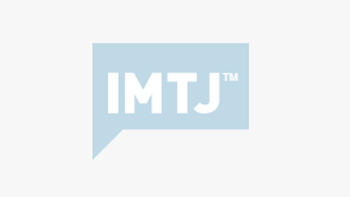Almost 200 million Europeans already have the European Health Insurance Card (EHIC), according to the latest figures from the European Commission. This represents more than half of the insured population in the EU. The number of EHIC holders is steadily increasing, with 8 million more citizens carrying it in 2013 compared to the previous year (+4%).
The EHIC allows people to get necessary treatment when travelling within the European Union, Switzerland, Liechtenstein, Norway and Iceland.
The EHIC, available free of charge, confirms that a person is entitled to receive medical treatment that becomes necessary on a temporary stay abroad from the host country’s public healthcare system on the same terms and at the same cost as nationals of that country.
Hospitals that provide public health services are obliged to recognise the EHIC. In the vast majority of cases, patients presenting the EHIC receive the necessary healthcare and are reimbursed without any problems. However, there have been cases of refusals, in general due to a lack of awareness on the part of healthcare providers. Therefore both the European Commission and the member countries must continue to raise awareness on how the card works, both among health practitioners and citizens.
In case the EHIC is not accepted, patients should contact the relevant health authority in the country they are visiting. The emergency contact numbers are easily accessible via the EHIC application for smart phones and tablets. In case of further refusal, patients should request support from their home country’s health authorities. Finally, if they still encounter problems, they should contact the European Commission, which can investigate the claims and raise the issue with the authorities of the country concerned. The Commission investigates such cases and when necessary, infringement procedures will be opened against any countries not applying EU law on the use of the EHIC.
The EHIC cannot be used to cover planned medical treatment in another country.
The huge amount of travel within Europe and the millions who get treatment while in another country, go some way to explaining why country and hospital figures of international patients are often several multiples of actual medical tourists-the two get confused, sometimes accidentally, sometimes not.








 ©2024 All rights reserved LaingBuisson
©2024 All rights reserved LaingBuisson 


